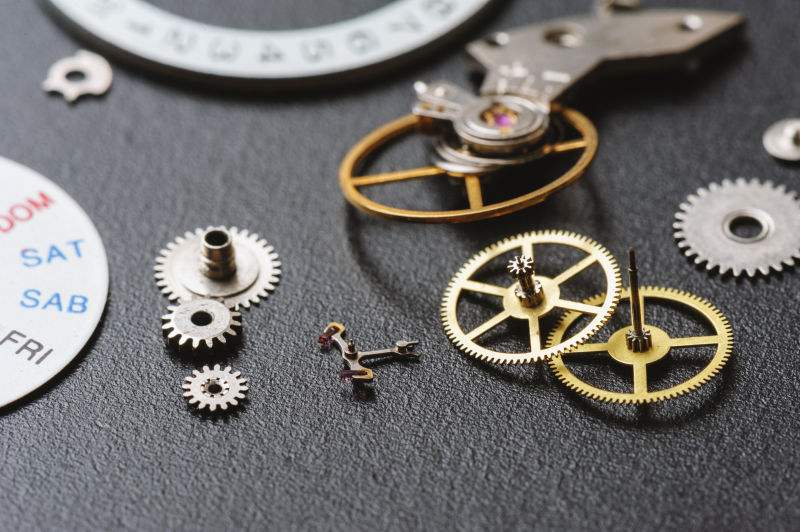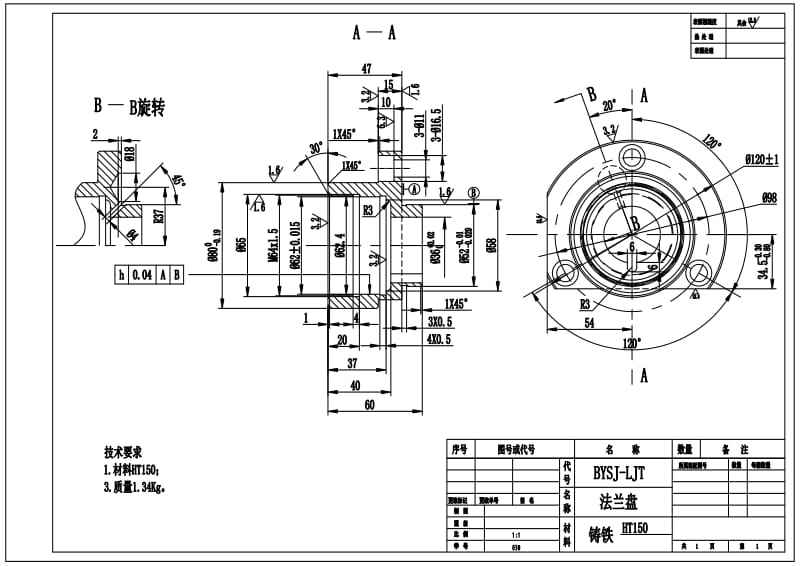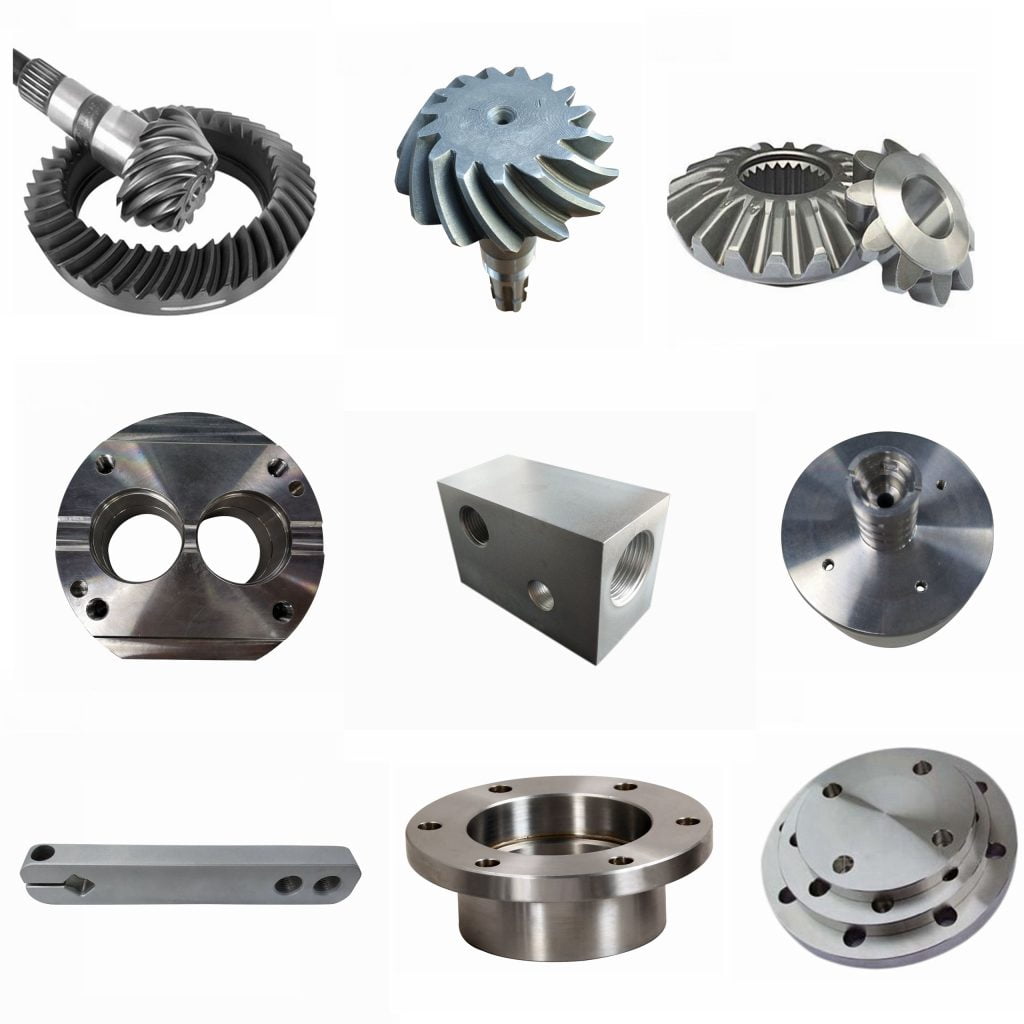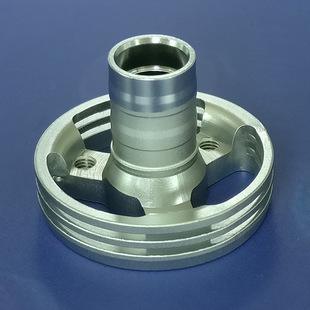Knowledge of mechanical parts and equipment maintenance
The importance of repair and maintenance of mechanical parts in the process of economic development and construction, a variety of mechanical equipment will be used in the process of engineering production, so higher requirements are also put forward for equipment operators. Some large high-speed rotating equipment often has hidden faults in the process of use, resulting in the interruption of production activities, which requires regular maintenance and repair of mechanical equipment, Only in this way can we play a preventive role.

These problems are caused by the lack of awareness of repair and maintenance. Machinery and equipment are in an unsafe production state for a long time, which actually buries great hidden dangers for production activities.

Secondly, in the production activities, there is a lack of necessary responsibility system. The implementation of the responsibility system is actually the basis for the maintenance and repair of mechanical equipment. In the process of project production, even if there are some systems as the basis, they have become superficial efforts and have not really achieved their position. Therefore, mechanical equipment cannot be maintained normally.
In addition, the professional abilities of the equipment operators are uneven, so they can not correctly judge the actual situation of the mechanical equipment at the first time, and some problems can not be observed on the surface, which also creates certain difficulties for the maintenance and repair of the equipment.
How do we maintain the mechanical parts?
In general, the following points should be noted
1. Avoid sharp corners and corners. Corners are the places where quenching stress is most concentrated and often become the starting point of quenching cracks. Therefore, when designing parts with sharp corners and edges, rounded corners and chamfers should be used as much as possible, and the radius of the corners should be larger.

2.Avoid thick and thin parts, which are easy to deform and crack due to uneven cooling during quenching and cooling. For this reason, the process can solve the problem of structural thickness difference of parts by opening holes, thickening the parts too thin and reasonably arranging the hole positions.
3.The shape of the parts should be simple, closed and symmetrical. The shape of the parts should be open or asymmetric. During heat treatment, the stress distribution is uneven, so it is easy to cause deformation.
4. Combined structure, especially complex shape, or different parts have different performance requirements
5.Improve the structural rigidity of parts. The structure of parts should ensure the possibility, convenience and accuracy of processing.













